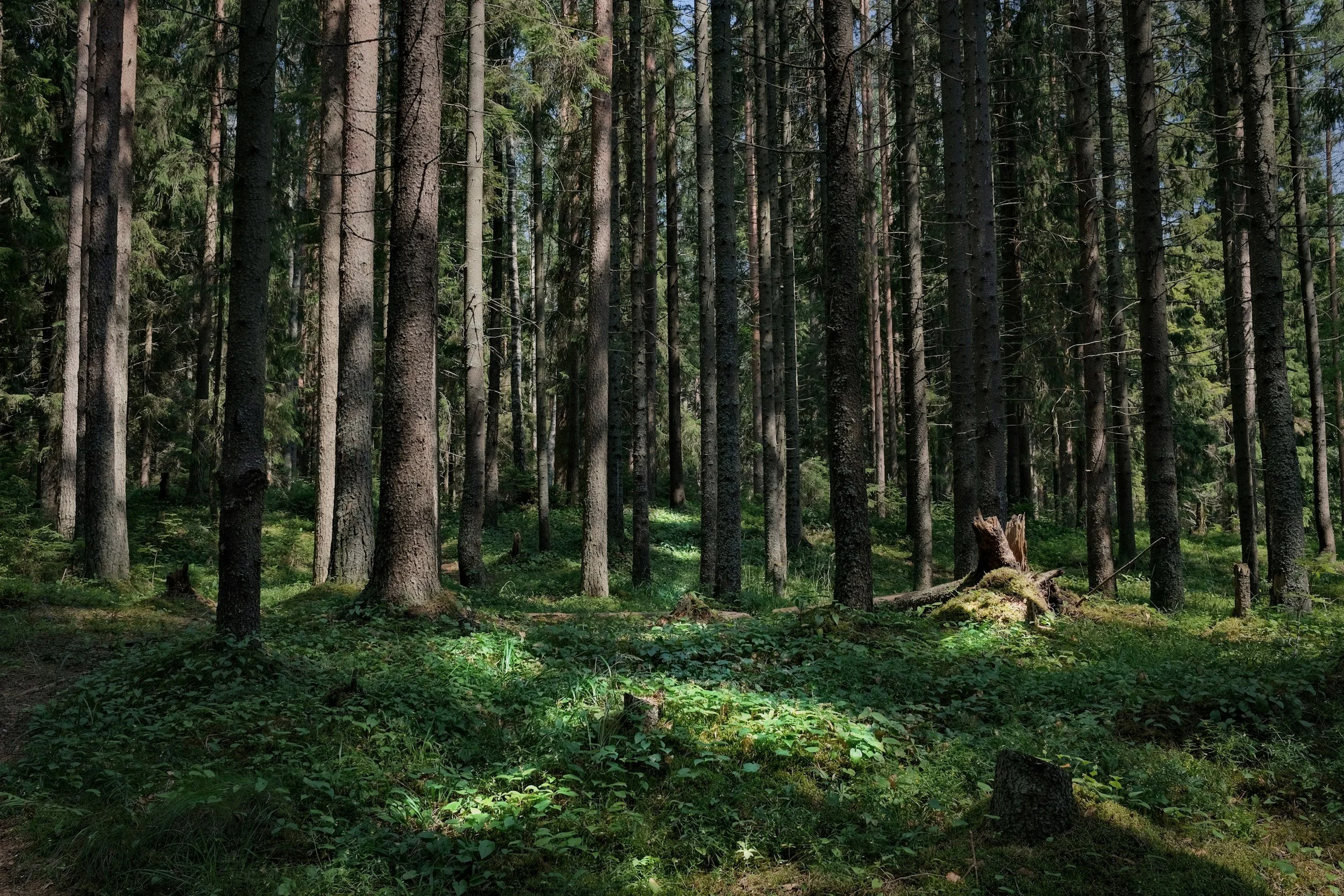
Mission to declutter
10+ Year plan to declutter and fire prevent Nova Scotia’s forests.
By tackling local areas such as roadsides, backyards, trails, and logging roads, we can make a significant impact in reducing wildfire risk. Then, creating access trails into deeper woodland areas allows for more comprehensive forest management, enabling us to reach and maintain remote sections that are otherwise difficult to access. This multi-step approach helps ensure a more thorough and effective effort in preventing wildfires and promoting forest health.
Nova Scotia's forests are a treasured natural resource, covering much of the province's landscape. These forests are dominated by Acadian forests, featuring a mix of coniferous and deciduous tree species, including red spruce, balsam fir, and maple. The forests provide habitat for a diverse range of wildlife, from moose and bears to birds and small mammals. They also play a crucial role in supporting the local economy through forestry, tourism, and recreation. With their rich biodiversity and scenic beauty, Nova Scotia's forests are a vital part of the province's ecosystem and identity.
Removing dead debris from forests is crucial for maintaining ecosystem health and reducing wildfire risk. Dead vegetation and branches can accumulate, creating fuel loads that can ignite and spread quickly, threatening nearby communities and wildlife habitats. By removing debris, forests become less prone to catastrophic wildfires, and the risk of uncontrolled blazes is significantly reduced. Additionally, debris removal promotes healthy forest growth, improves wildlife movement, and enhances biodiversity. Regular forest cleaning also supports sustainable forestry practices, ensuring the long-term health and resilience of these vital ecosystems.
Wildfire prevention is needed for community safety as it helps protect lives, homes, and infrastructure from the devastating impacts of uncontrolled blazes. By reducing fuel loads and promoting healthy forests, communities can minimize the risk of wildfires spreading rapidly and uncontrollably. This proactive approach also helps safeguard essential services, such as emergency response routes and communication networks, ensuring that communities remain accessible and connected during wildfire events. Furthermore, wildfire prevention efforts can also preserve natural resources, recreational areas, and local economies, ultimately contributing to the overall well-being and resilience of communities.


